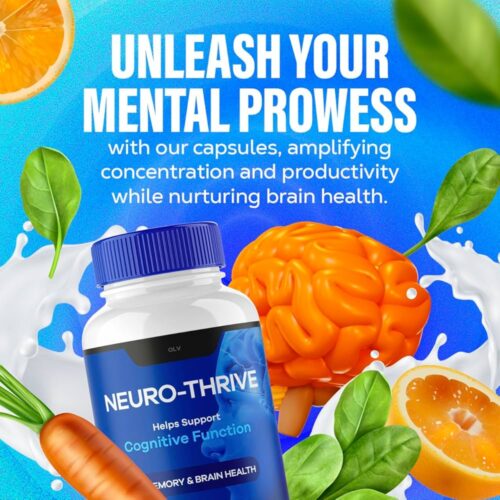Unlocking Vitality: Testosterone Therapy for Men Over 50
As the years pass and the sands of time leave their mark, many men over the age of 50 find themselves grappling with changes that can be both subtle and profound. Energy levels may wane, mental clarity might dim, and a renewed zest for life seems just out of reach. Amidst this landscape of evolving health and wellness, testosterone therapy emerges as a beacon of possibility. This article delves into the world of testosterone therapy for men over 50, exploring its potential benefits, the science behind hormonal balance, and the nuanced considerations that come with this treatment. Whether you’re searching for answers or simply curious about the conversations surrounding male health, join us on a journey to understand how testosterone therapy could contribute to a more vibrant, energetic chapter in life.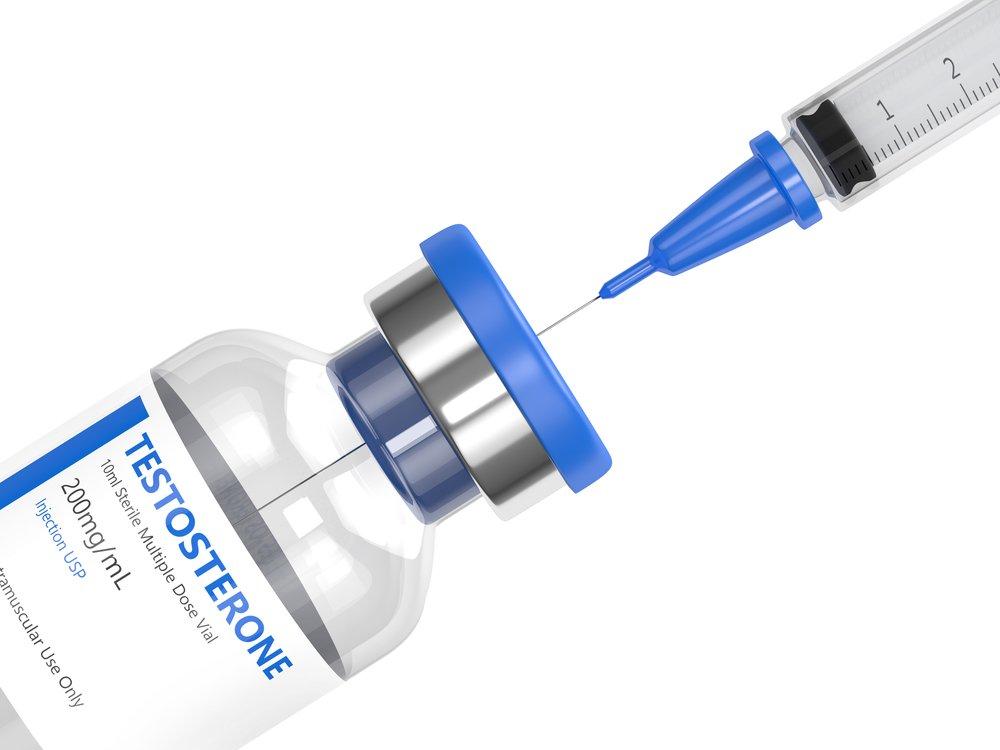
Understanding Testosterone Decline in Men Over 50
The decline of testosterone levels in men over the age of 50 is often a natural part of aging, but it can lead to various physical and mental changes that might be concerning. As men reach this stage of life, they may experience a reduction in energy levels, mood fluctuations, and diminished libido. Understanding these changes is crucial to navigating the aging process effectively. Factors contributing to testosterone decline include:
- Age-related hormonal shifts
- Lifestyle choices such as diet and exercise
- Chronic stress and health conditions
This phenomenon can evoke feelings of frustration or worry, prompting many men to seek solutions. Notably, testosterone therapy has emerged as a potential option for those experiencing significant symptoms linked to low testosterone levels. It is essential for individuals considering this therapy to consult healthcare professionals to weigh the benefits and risks. The following table summarizes some common symptoms of testosterone decline, which can help identify whether this might be a concern:
| Symptom | Description |
|---|---|
| Fatigue | Reduced energy and increased tiredness |
| Mood Changes | Heightened feelings of irritability or depression |
| Decreased Muscle Mass | Loss of strength and physical capacity |
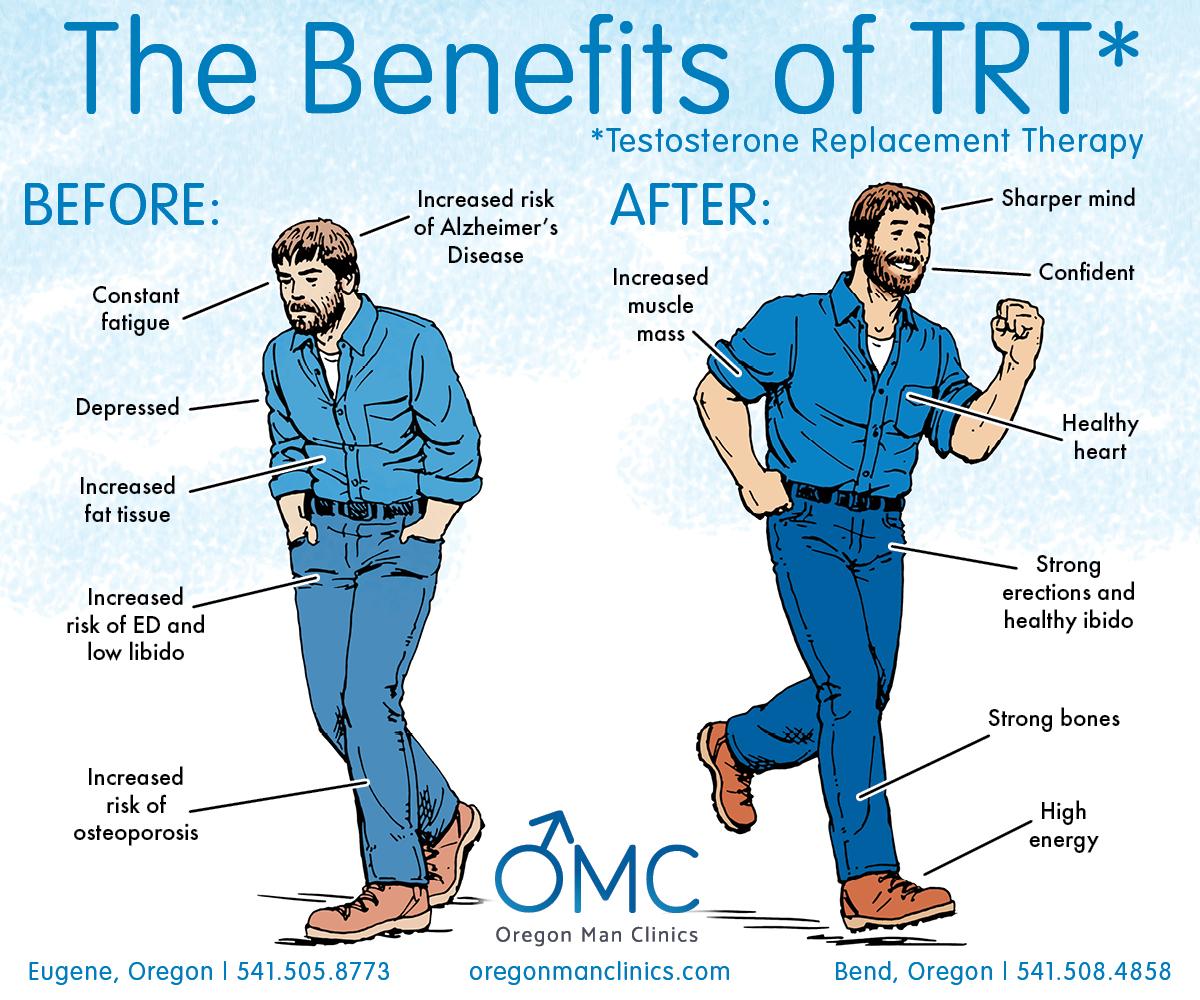
Exploring the Benefits of Testosterone Therapy
Testosterone therapy can offer a range of advantages for men over 50, addressing not only hormonal imbalances but also improving overall quality of life. Many men experience a decline in testosterone as they age, often leading to symptoms such as fatigue, decreased libido, and diminished muscle mass. Engaging in therapy can help alleviate these issues by restoring hormone levels to a more optimal state. The potential benefits include:
- Increased Energy Levels: Many men report feeling more energetic and driven.
- Enhanced Mood: Improved hormonal balance can lead to fewer mood swings and a more stable emotional state.
- Improved Sexual Health: Restoring testosterone levels often revitalizes libido and enhances sexual performance.
- Stronger Muscle Mass: Increased testosterone can lead to gains in muscle strength and size, helping combat age-related decline.
Furthermore, testosterone therapy may have other health benefits that extend beyond just physical improvements. Research suggests that optimizing testosterone levels could play a role in maintaining bone density and reducing the risk of conditions like osteoporosis. Additionally, it may support cardiovascular health by contributing to better metabolic function. Here’s a quick comparison of potential health benefits associated with testosterone therapy:
| Health Benefit | Impact |
|---|---|
| Bone Density | May decrease risk of fractures |
| Cardiovascular Health | Potentially improved circulation and heart health |
| Mental Clarity | Enhanced cognitive function |
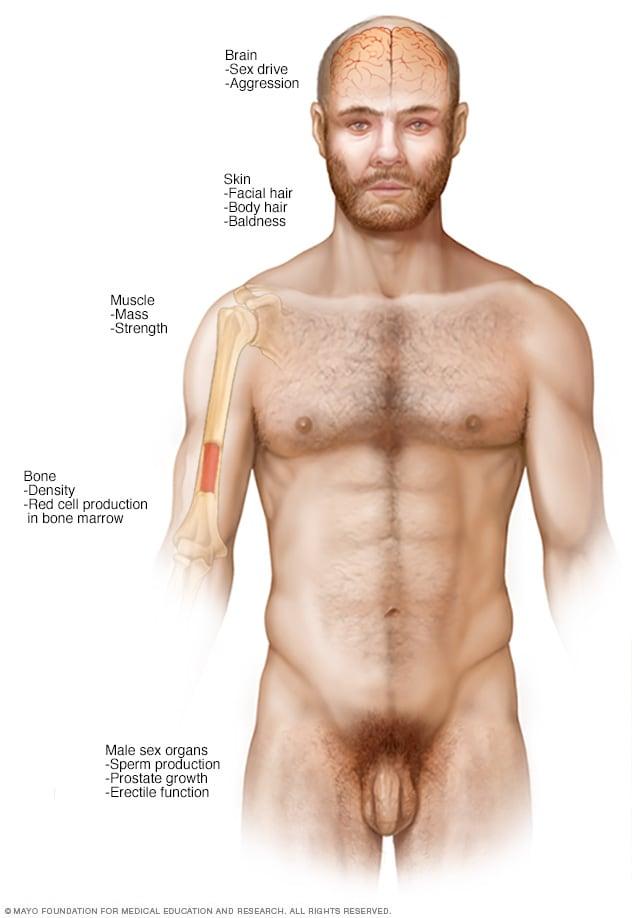
Evaluating Treatment Options: Injections, Gels, and Implants
When considering testosterone therapy for men over 50, various treatment options are available, each with distinct characteristics and benefits. Injections are often favored for their potency and direct delivery into the bloodstream. These can be administered either intramuscularly or subcutaneously, typically requiring visits to a healthcare provider or self-administration. Alternatively, gels offer a more convenient, daily application method, allowing testosterone to be absorbed through the skin. This route appeals to those who prefer not to deal with needles. Lastly, implants represent a longer-lasting solution; small pellets are inserted under the skin, gradually releasing testosterone over several months, thus reducing the frequency of treatments.
When evaluating these options, consider the following factors to determine what might best suit your lifestyle and preferences:
- Frequency of Administration: How often are you willing to receive treatments?
- Side Effects: Be aware of potential side effects such as skin irritation from gels or fluctuating hormone levels from injections.
- Cost: Review insurance coverage, as some methods may be more expensive than others.
- Personal Comfort: Reflect on whether you prefer a quick daily application or a less frequent but more involved injection or implant procedure.
| Treatment Option | Frequency | Administration Method | Potential Side Effects |
|---|---|---|---|
| Injections | Weekly to Monthly | Intramuscular/Subcutaneous | Pain at injection site, mood swings |
| Gels | Daily | Topical | Skin irritation, transfer to others |
| Implants | Every 3-6 Months | Subcutaneous | Infection risk, pellet extrusion |
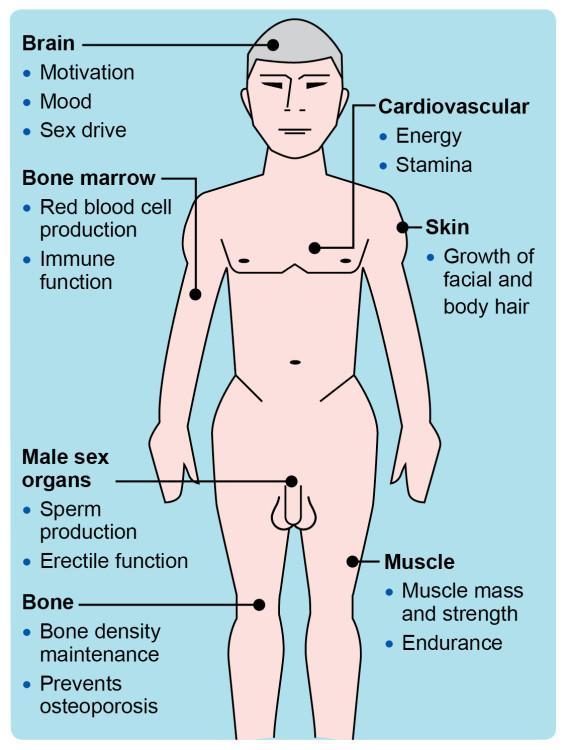
Potential Risks and Side Effects of Hormone Therapy
While testosterone therapy can offer significant benefits for men over 50, it is essential to be aware of the potential risks and side effects that may arise. Common concerns include cardiovascular issues, such as an increased risk of heart attack or stroke, particularly in those with existing health conditions. Additionally, hormonal changes can lead to mood swings and emotional instability, affecting overall mental health. Other possible side effects include:
- Acne or skin reactions
- Sleep apnea
- Enlarged breasts
- Testicular shrinkage
It is also important to consider how testosterone therapy may influence existing medical conditions. Men who have a history of prostate issues should be particularly cautious, as therapy can stimulate the growth of prostate tissue. Regular monitoring through blood tests can help track potential complications, ensuring safety and efficacy in treatment. Below is a simple table outlining some of the notable risks associated with testosterone therapy:
| Risk | Description |
|---|---|
| Cardiovascular Risk | Increased chance of heart attack or stroke. |
| Hormonal Changes | Potential for mood swings and emotional fluctuations. |
| Skin Issues | Can lead to acne or other skin reactions. |
| Prostate Concerns | May exacerbate existing prostate problems. |
Lifestyle Changes to Complement Testosterone Therapy
Enhancing your testosterone therapy requires more than just medication; embracing a holistic lifestyle can significantly amplify its benefits. Regular physical activity plays a crucial role, promoting muscle mass, reducing fat, and improving overall well-being. Aim for activities that you enjoy, whether it’s weight lifting, swimming, or hiking. Additionally, consider incorporating strength training at least twice a week to stimulate testosterone production naturally. Coupling exercise with a balanced diet rich in nutrients can optimize your results. Foods high in zinc, such as spinach, nuts, and lean meats, alongside healthy fats found in olive oil and avocados, are vital for hormonal health.
Moreover, managing stress is essential for maintaining optimal testosterone levels. High stress can lead to elevated cortisol, which negatively impacts testosterone production. Practicing mindfulness techniques like yoga or meditation can help mitigate stress and promote emotional well-being. Prioritizing quality sleep also cannot be overstated; aim for a consistent 7-9 hours per night to allow your body to recover and maintain hormonal balance. Consider keeping a sleep hygiene checklist:
| Sleep Hygiene Tips |
| Stick to a routine sleep schedule |
| Create a relaxing bedtime environment |
| Avoid screens 1 hour before bed |
| Limit caffeine and alcohol intake |
By integrating these lifestyle modifications, you can create a robust foundation that complements your testosterone therapy and enhances your quality of life.
The Role of Regular Monitoring and Health Check-ups
Regular monitoring and health check-ups are vital components of effective testosterone therapy for men over 50. This age group often experiences hormonal fluctuations that can lead to a host of physical and emotional challenges. By maintaining a routine of health assessments, men can ensure their testosterone levels remain within a healthy range. Regular check-ups may include:
- Blood tests: To evaluate testosterone and other hormone levels.
- Body composition analysis: To track changes in muscle mass and fat distribution.
- Prostate screenings: To monitor prostate health as testosterone therapy can impact this area.
In addition to these tests, consistent medical evaluations can help identify potential side effects of therapy early, allowing for timely interventions. Patients can engage in open dialogues with healthcare providers about their physical and mental well-being. This proactive approach not only enhances the benefits of testosterone therapy but also fosters better overall health management. Consider establishing a schedule that includes:
| Frequency | Check-up Type | Notes |
|---|---|---|
| Every 6 Months | Comprehensive Bloodwork | Monitor hormone levels and general health. |
| Annually | Prostate Exam | Proactive screening for prostate health. |
| Quarterly | Body Composition Review | Assess muscle-to-fat ratio and overall fitness. |
Debunking Myths: What You Need to Know About Testosterone and Aging
As men enter their 50s and beyond, it’s common to encounter *misconceptions* regarding testosterone levels and the effects of aging. Contrary to the belief that it’s normal to experience drastically low testosterone as one gets older, research indicates that while testosterone levels may decline, this decrease is often steady and not as significant as many assume. In fact, many men maintain healthy testosterone levels well into their later years. It’s important to recognize that symptoms commonly associated with low testosterone, such as fatigue or decreased libido, can also stem from a variety of other factors, including stress, lifestyle, and underlying health conditions.
When considering testosterone therapy, it’s crucial to focus on informed decisions based on individualized health evaluations rather than myths or societal stereotypes. Studies suggest that *properly monitored testosterone replacement therapy* can improve quality of life for eligible individuals. Key points to remember include:
- Holistic Assessment: Consult a healthcare professional for a comprehensive evaluation of testosterone levels and overall health.
- Potential Benefits: Increased energy, improved mood, and enhanced muscle strength may arise from appropriate therapy.
- Risks and Monitoring: Regular monitoring of hormone levels and possible side effects is essential for safe treatment.
| Key Considerations | Details |
|---|---|
| Age Factor | Natural decline, but not absolute low levels. |
| Symptom Overlap | Similar symptoms can arise from other causes. |
| Consultation Importance | Essential for safety and effectiveness. |
Q&A
Q&A: Testosterone Therapy for Men Over 50
Q1: What is testosterone therapy and why is it relevant for men over 50?
A1: Testosterone therapy involves the administration of testosterone, a crucial hormone for men’s health. As men age, especially after 50, natural testosterone levels typically decline, which can lead to various health issues such as decreased libido, fatigue, mood changes, and muscle strength reduction. Testosterone therapy aims to alleviate these symptoms and improve quality of life.
Q2: What are the signs that a man might need testosterone therapy?
A2: Common signs include low sexual desire, erectile dysfunction, fatigue, difficulty concentrating, irritability, increased body fat, and reduced muscle mass. If you’re experiencing multiple symptoms consistently, it might be worth discussing with a healthcare provider.
Q3: How is testosterone therapy administered?
A3: Testosterone therapy can be delivered in several forms, including injections, skin patches, gels, and pellets implanted under the skin. The choice of method often depends on personal preference, lifestyle, and medical considerations.
Q4: Are there risks associated with testosterone therapy?
A4: Yes, while testosterone therapy can provide benefits, it also carries risks. Potential side effects include an increased risk of cardiovascular issues, sleep apnea, skin reactions, and elevated red blood cell counts. Each individual’s health history should be carefully evaluated before starting therapy.
Q5: How can a man determine whether he needs testosterone therapy?
A5: The best starting point is to consult a healthcare provider who can conduct blood tests to measure current testosterone levels. A thorough evaluation of symptoms and health history is crucial in determining if therapy is appropriate.
Q6: Is testosterone therapy suitable for all men over 50?
A6: Not necessarily. While some men may benefit from testosterone therapy, others may not be good candidates due to underlying health conditions or the presence of certain risk factors. A personalized approach is essential.
Q7: Can lifestyle changes complement testosterone therapy?
A7: Absolutely! A healthy lifestyle, including regular exercise, a balanced diet, adequate sleep, and stress management, can enhance the effects of testosterone therapy and improve overall well-being. It’s important to remember that therapy is most effective when combined with healthy habits.
Q8: How long does it take to see results from testosterone therapy?
A8: Results can vary by individual and treatment method, but many men begin to notice improvements within a few weeks to a few months. The timeline may depend on the severity of symptoms and adherence to therapy.
Q9: What should men over 50 consider before starting testosterone therapy?
A9: Men should engage in a thorough discussion with their healthcare provider about potential benefits and risks, their overall health, and lifestyle goals. It’s essential to have realistic expectations and to understand that therapy may require monitoring and adjustments.
Q10: Where can men find reliable information on testosterone therapy?
A10: Trusted medical websites, health organizations, and conversations with healthcare professionals are excellent starting points. It’s essential to seek credible sources to avoid misinformation and make informed decisions regarding health.
This Q&A aims to inform and equip men over 50 with the knowledge needed to navigate the complexities of testosterone therapy thoughtfully. Always consult a healthcare professional for personalized advice and guidance.
To Wrap It Up
As we draw the curtain on our exploration of testosterone therapy for men over 50, it’s clear that this journey is as multifaceted as the individuals it aims to support. While the promise of renewed vigor and vitality is enticing, it’s important for men to approach this option with discernment. Each person’s path is unique, shaped by their health history, lifestyle, and personal goals.
Whether it’s the prospect of enhanced energy, improved mood, or increased muscle mass, testosterone therapy can potentially offer benefits. However, the importance of informed decision-making cannot be overstated. Engaging in thoughtful conversations with healthcare professionals, weighing the potential risks against the rewards, and considering lifestyle adjustments are all crucial steps toward achieving holistic well-being.
In this chapter of life, the conversation about hormones is just one piece of a larger puzzle. As men navigate the complexities of aging, embracing a proactive approach to health—mind, body, and spirit—can lead to a richer, more fulfilling life. Remember, the power of knowledge and self-advocacy is invaluable in your pursuit of health, making the latter years not just a season of decline, but an opportunity for renewal and growth.



